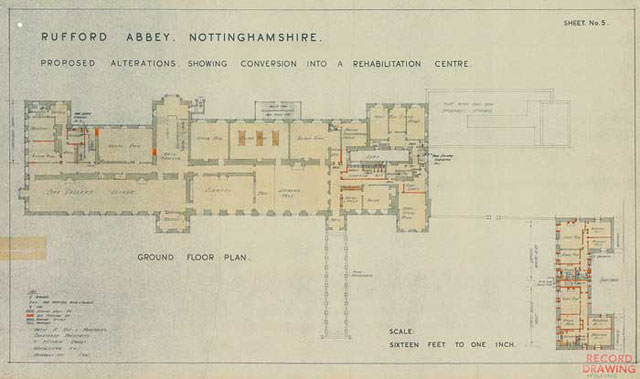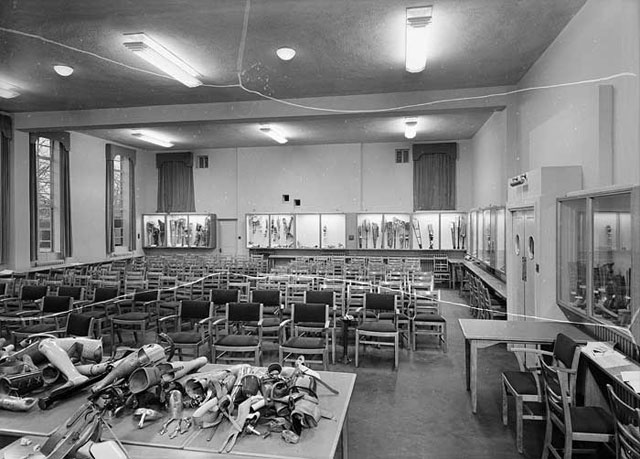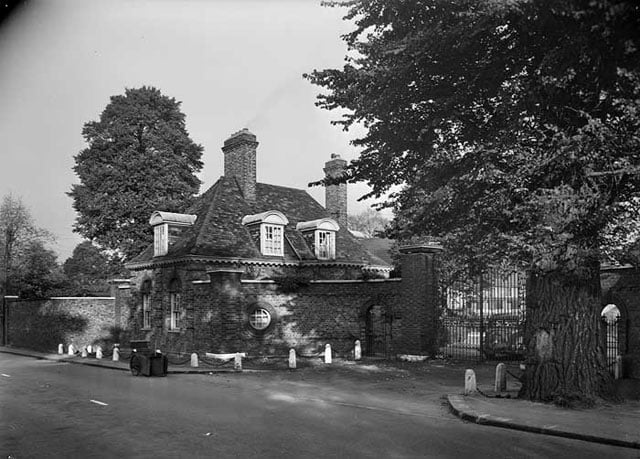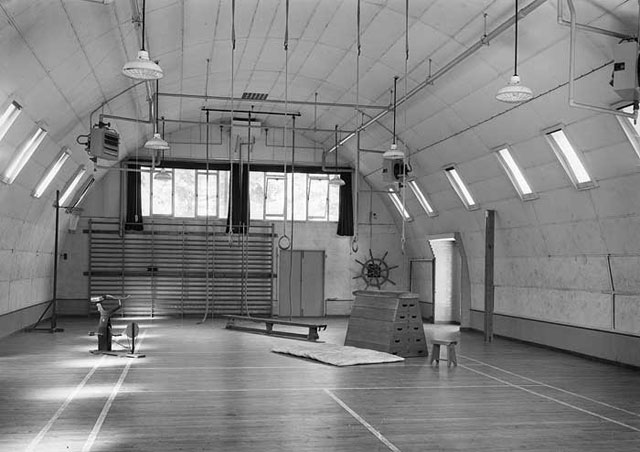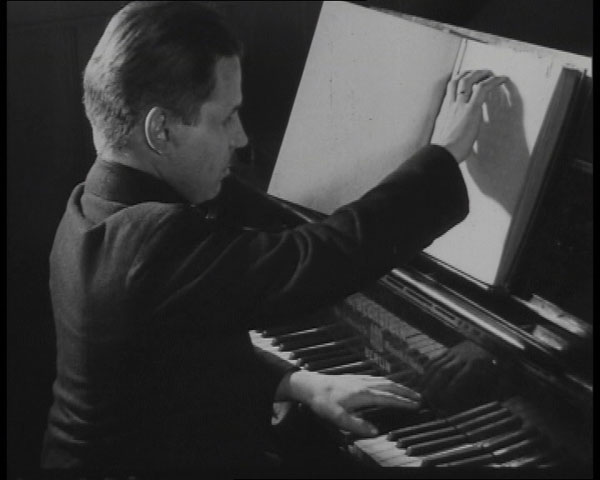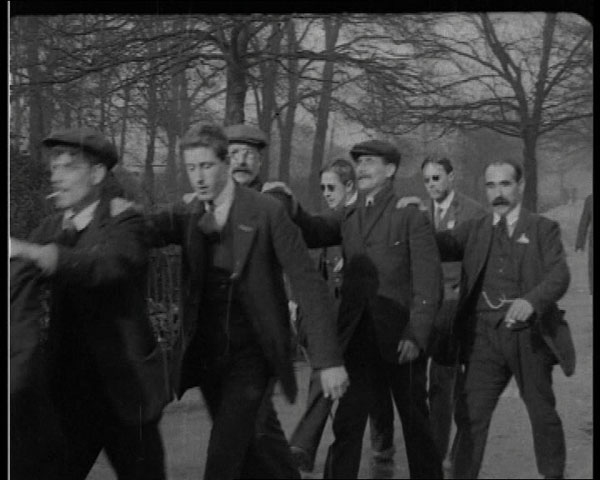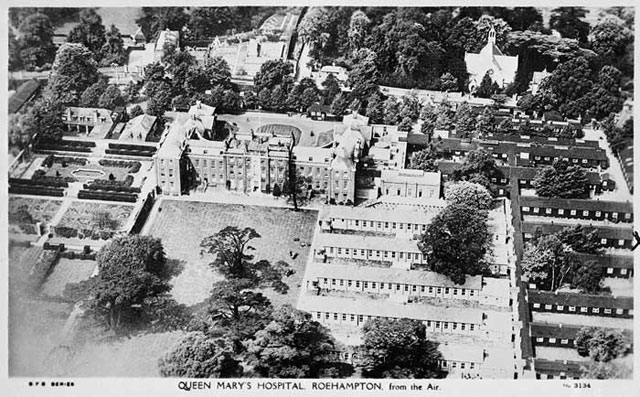The history of people with disabilities since 1050.
The Impact of the First World War
This section explains how Britain adapted to the challenge of the huge numbers of First World War ex-servicemen who came home permanently disabled by their wounds.
In this section
Audio version: 🔊 Listen to this page and others in 'Disability in the Early 20th century' as an MP3
The human cost
By the end of the First World War, almost one million British soldiers, sailors and airmen had been killed. However, nearly another two million had been permanently disabled - over 40,000 had lost legs or arms. All these people needed medical treatment, ongoing care and work or financial support in order to survive in peacetime.
New limbs, plastic surgery and exercise
Artificial limbs were urgently required but the ones on offer were heavy and made of wood. The Disabled Society campaigned for light aluminium limbs instead, and Queen Mary's Hospital in Roehampton, London - the main English limb-fitting hospital for ex-servicemen - fitted more and more each year.
Plastic surgeon Sir Harold Gillies pioneered facial surgery at Queens Hospital in Sidcup, Kent. The artist Francis Derwent-Wood worked there with him, creating masks for burned patients whose faces could not be fully restored by surgery.
Meanwhile, exercise and sport were increasingly used to help men recover. At the Croydon Union Workhouse Infirmary in Surrey, renamed the Mayday Hospital in the 1920s, Colonel Deane set up a gymnastic exercise centre for disabled ex-servicemen.
Learning new skills
Now the fighting was over, ex-servicemen needed new skills. St Dunstan's in Regent's Park, London housed a total of 1,833 blinded ex-servicemen as they recovered, learning new skills and exercising. People were intrigued - they often visited the men and accompanied them to concerts and theatres. Another home for disabled soldiers and sailors, the Star and Garter in Richmond, Surrey, opened in 1916. Some ex-servicemen worked on a poultry farm known as No-Man's Land as part of their retraining.
Work
Most disabled people couldn't find work unless it was in 'sheltered 'employment set up especially for them. Ex-servicemen trained as limb fitters at Roehampton, and the British Legion opened its poppy factory in Richmond, Surrey.
The 'King's National Roll', a 1919 scheme that encouraged firms to employ disabled ex-servicemen, had little success. In 1927 a training school for war-disabled taxi drivers was set up in London
Housing
A network of special villages was built for ex-servicemen and their families. These included Haig Homes in Welwyn Garden City, Westfield War Memorial Village in Lancaster and the Enham Village Settlement near Andover in Hampshire.
In 1920, the public raised funds for twelve new cottages in Sprowston near Norwich for disabled members of the Royal Norfolk Regiment. In 1927, the Prince of Wales opened Leicester's North Memorial Homes which provided 35 homes for disabled ex-servicemen.
Sharing resources
Some of the developments for ex-servicemen eventually benefited other people:
- Disabled civilians were offered the new artificial limbs
- Specialist medical facilities for disabled miners were introduced in the 1920s
- Treatment for people injured at work was considered in the 1930s
Pensions and work opportunities for disabled ex-servicemen were limited, but some people felt that whatever resources were available should be more evenly shared with the wider disabled population. At a conference on the care of 'crippled' children in 1920, it was claimed that provision for the war disabled had caused 'an appalling amount of suffering' among other disabled people.
Watch the BSL video on the First World War and its impact on disability
Impact of the First World War
Please click on the gallery images to enlarge.

